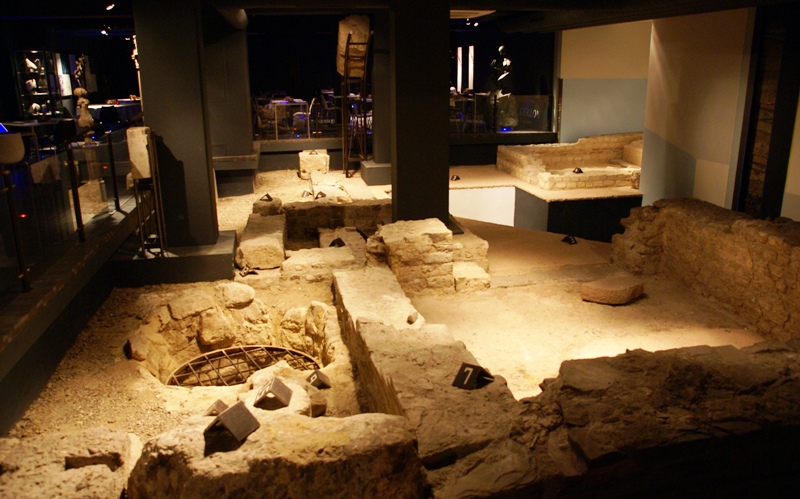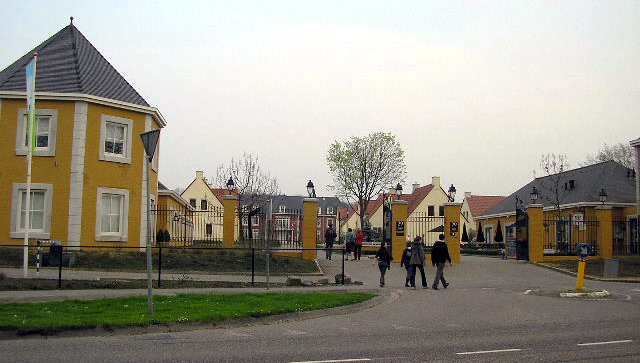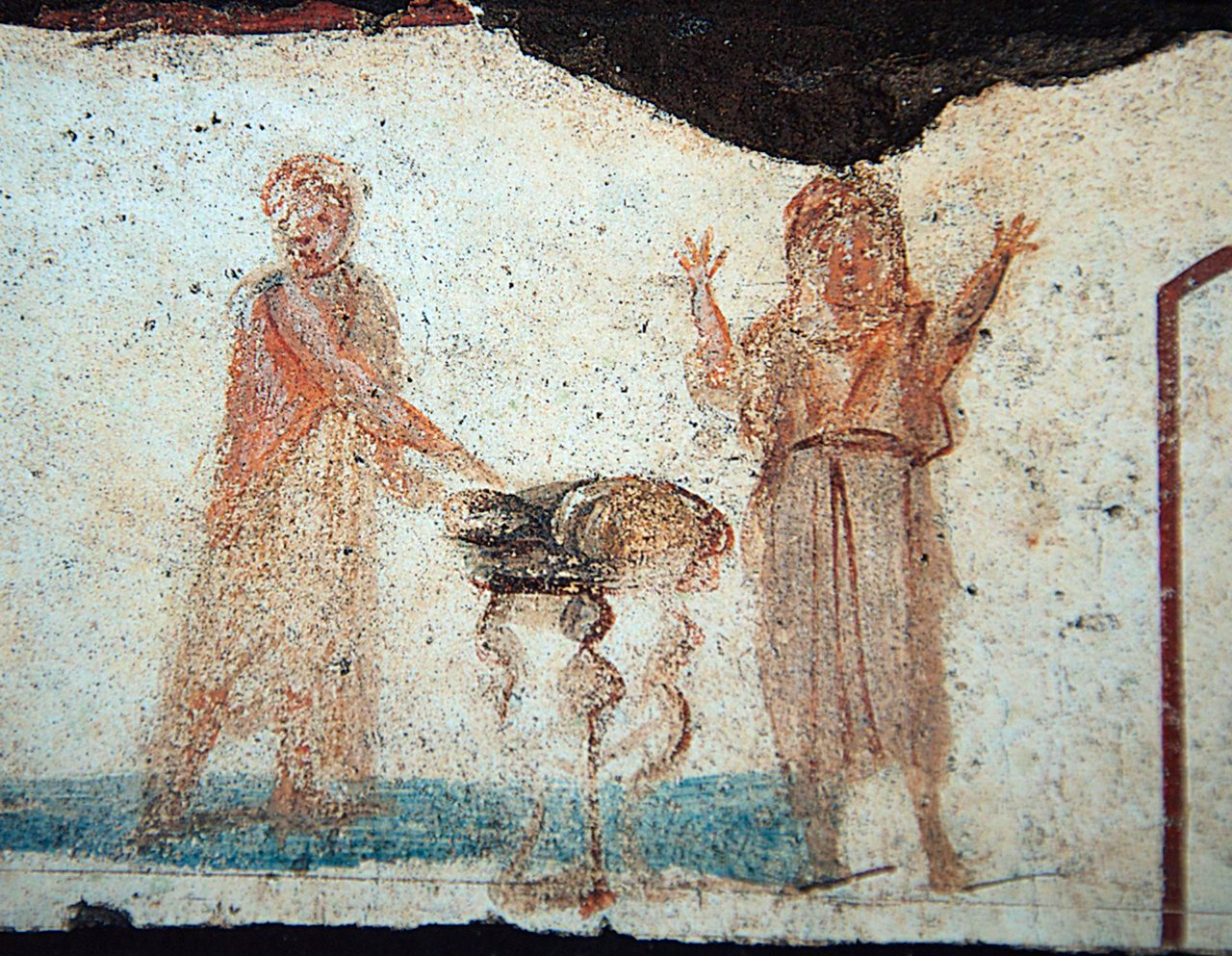|
Valkenburg Aan De Geul
Valkenburg aan de Geul (; li, Valkeberg ) is a Municipalities of the Netherlands, municipality situated in the southeastern Dutch Provinces of the Netherlands, province of Limburg (Netherlands), Limburg. The name refers to the central town in the municipality, Valkenburg, and the small river Geul. History Sieges and conquests have been the recurrent theme in the history of Valkenburg, especially in connection with Valkenburg castle, seat of the counts of Valkenburg (or Falkenburg). In December 1672 the castle was once again destroyed by Dutch troops led by William III of England, William III, trying to prevent the armies of Louis XIV of France from capturing it, this time not to be rebuilt. In the 19th century, because of the natural environment of the area, Valkenburg became a holiday destination for the well-to-do in the Netherlands. Tourism developed, especially after in 1853 the railway from Maastricht to Heerlen and Aachen opened. Valkenburg railway station is the oldest su ... [...More Info...] [...Related Items...] OR: [Wikipedia] [Google] [Baidu] |
List Of Municipalities Of The Netherlands
As of 24 March 2022, there are 344 municipalities ( nl, gemeenten) and three special municipalities () in the Netherlands. The latter is the status of three of the six island territories that make up the Dutch Caribbean. Municipalities are the second-level administrative division, or public bodies (), in the Netherlands and are subdivisions of their respective provinces. Their duties are delegated to them by the central government and they are ruled by a municipal council that is elected every four years. Municipal mergers have reduced the total number of municipalities by two-thirds since the first official boundaries were created in the mid 19th century. Municipalities themselves are informally subdivided into districts and neighbourhoods for administrative and statistical purposes. These municipalities come in a wide range of sizes, Westervoort is the smallest with a land area of and Súdwest-Fryslân the largest with a land area of . Schiermonnikoog is both the least pop ... [...More Info...] [...Related Items...] OR: [Wikipedia] [Google] [Baidu] |
Maastricht
Maastricht ( , , ; li, Mestreech ; french: Maestricht ; es, Mastrique ) is a city and a municipality in the southeastern Netherlands. It is the capital and largest city of the province of Limburg. Maastricht is located on both sides of the Meuse ( nl, Maas), at the point where the Jeker joins it. Mount Saint Peter (''Sint-Pietersberg'') is largely situated within the city's municipal borders. Maastricht is about 175 km south east of the capital Amsterdam and 65 km from Eindhoven; it is adjacent to the border with Belgium and is part of the Meuse-Rhine Euroregion, an international metropolis with a population of about 3.9 million, which includes the nearby German and Belgian cities of Aachen, Liège and Hasselt. Maastricht developed from a Roman settlement (''Trajectum ad Mosam'') to a medieval religious centre. In the 16th century it became a garrison town and in the 19th century an early industrial centre. Today, the city is a thriving cultural and regional hub. It beca ... [...More Info...] [...Related Items...] OR: [Wikipedia] [Google] [Baidu] |
2021 European Floods
In July 2021, several European countries were affected by severe floods. Some were catastrophic, causing deaths and widespread damage. The floods started in the United Kingdom as flash floods causing some property damage and inconvenience. Later floods affected several river basins across Europe including Austria, Belgium, Croatia, Germany, Italy, Luxembourg, the Netherlands, and Switzerland. At least 243 people died in the floods, including 196 in Germany, 43 in Belgium, two in Romania, one in Italy and one in Austria. Belgian Minister of Home Affairs Annelies Verlinden described the events as "one of the greatest natural disasters our country has ever known." German minister-president Malu Dreyer of the Rhineland-Palatinate state called the floods "devastating". In addition to the confirmed fatalities, the flooding led to widespread power outages, forced evacuations and damage to infrastructure and agriculture in the affected areas. The damage to infrastructure was especi ... [...More Info...] [...Related Items...] OR: [Wikipedia] [Google] [Baidu] |
Valkenburg Resistance
The Valkenburg Resistance was the resistance movement in Valkenburg, Limburg, Netherlands, during World War II. The majority of work done by the movement was dedicated to providing aid to those seeking refuge from prosecution by the occupying Nazi Germans. Sheltering Jewish refugees was punishable by death and one third of the people who kept them from Nazi punishment did not survive the war. Origin When World War II broke out the Netherlands intended to remain neutral, as they had been in World War I. But when Nazi Germany nevertheless invaded in 1940, at first little changed and life went on fairly normally. There had always been Germans in this region so close to the German border and the Germans expected the Aryan Dutch would 'fall in line'. But then the Germans started imposing their ideology on the people, limiting people's rights, forcing people to work for them (''Arbeitseinsatz'') and deporting Jews and others. These and other factors caused a growing group of people w ... [...More Info...] [...Related Items...] OR: [Wikipedia] [Google] [Baidu] |
Resistance Movement
A resistance movement is an organized effort by some portion of the civil population of a country to withstand the legally established government or an occupying power and to disrupt civil order and stability. It may seek to achieve its objectives through either the use of nonviolent resistance (sometimes called civil resistance), or the use of force, whether armed or unarmed. In many cases, as for example in the United States during the American Revolution, or in Norway in the Second World War, a resistance movement may employ both violent and non-violent methods, usually operating under different organizations and acting in different phases or geographical areas within a country. Etymology The Oxford English Dictionary records use of the word "resistance" in the sense of organised opposition to an invader from 1862. The modern usage of the term "Resistance" became widespread from the self-designation of many movements during World War II, especially the French Resistance. Th ... [...More Info...] [...Related Items...] OR: [Wikipedia] [Google] [Baidu] |
30th Infantry Division (United States)
The 30th Infantry Division was a unit of the Army National Guard in World War I and World War II. It was nicknamed the "Old Hickory" division, in honor of President Andrew Jackson. The Germans nicknamed this division "Roosevelt's SS". The 30th Infantry Division was regarded by a team of historians led by S.L.A. Marshall as the number one American infantry division in the European Theater of Operations (ETO), involved in 282 days of intense combat over a period from June 1944 through April 1945. In the present day the 30th Armored Brigade Combat Team is now a part of the North Carolina National Guard and their most recent combat deployment was in 2019. World War I The division was originally activated as the 9th Division (drawing units from North Carolina, South Carolina, Virginia and Tennessee) under a 1917 force plan, but changed designation to the 30th Division after the American entry into World War I in April 1917. It was formally activated under its new title in October ... [...More Info...] [...Related Items...] OR: [Wikipedia] [Google] [Baidu] |
Second World War
World War II or the Second World War, often abbreviated as WWII or WW2, was a world war that lasted from 1939 to 1945. It involved the vast majority of the world's countries—including all of the great powers—forming two opposing military alliances: the Allies and the Axis powers. World War II was a total war that directly involved more than 100 million personnel from more than 30 countries. The major participants in the war threw their entire economic, industrial, and scientific capabilities behind the war effort, blurring the distinction between civilian and military resources. Aircraft played a major role in the conflict, enabling the strategic bombing of population centres and deploying the only two nuclear weapons ever used in war. World War II was by far the deadliest conflict in human history; it resulted in 70 to 85 million fatalities, mostly among civilians. Tens of millions died due to genocides (including the Holocaust), starvation, ma ... [...More Info...] [...Related Items...] OR: [Wikipedia] [Google] [Baidu] |
Cauberg
The Cauberg is a hill in Valkenburg aan de Geul, a town in the South Limburg region of the Netherlands. The hill played an important role in the early development of tourism in Valkenburg. Today, several major tourist attractions are situated on or nearby Cauberg. The hill's fame is mainly due to the many cycling races and championships that were held here. The length of the climb is around , with a maximum grade of 12%. History The first part of the word Cauberg may be derived from the Celtic word ''kadeir'', meaning 'height' or 'hill'. ''Berg'' is a Germanic word meaning 'hill' or 'mount' as well. Perhaps the family names 'Cauberghs' and 'Van Caldenborgh' are related to Cauberg. Previously the name of the hill was also spelled 'Couberg'. Although the road via Cauberg formed the shortest connection between Valkenburg and Maastricht, in former ages most unmotorized traffic due to the steepness of the hill followed the longer but much more level route along the Geul river. The roa ... [...More Info...] [...Related Items...] OR: [Wikipedia] [Google] [Baidu] |
Gothic Revival Architecture
Gothic Revival (also referred to as Victorian Gothic, neo-Gothic, or Gothick) is an architectural movement that began in the late 1740s in England. The movement gained momentum and expanded in the first half of the 19th century, as increasingly serious and learned admirers of the neo-Gothic styles sought to revive medieval Gothic architecture, intending to complement or even supersede the neoclassical styles prevalent at the time. Gothic Revival draws upon features of medieval examples, including decorative patterns, finials, lancet windows, and hood moulds. By the middle of the 19th century, Gothic had become the preeminent architectural style in the Western world, only to fall out of fashion in the 1880s and early 1890s. The Gothic Revival movement's roots are intertwined with philosophical movements associated with Catholicism and a re-awakening of high church or Anglo-Catholic belief concerned by the growth of religious nonconformism. Ultimately, the "Anglo-Catholicism" t ... [...More Info...] [...Related Items...] OR: [Wikipedia] [Google] [Baidu] |
Catacombs Of Rome
The Catacombs of Rome ( it, Catacombe di Roma) are ancient catacombs, underground burial places in and around Rome, of which there are at least forty, some rediscovered only in recent decades. Though most famous for Christian burials, either in separate catacombs or mixed together, Jews and also adherents of a variety of pagan Roman religions were buried in catacombs, beginning in the 2nd century AD,Toynbee: 39–40. occasioned by the ancient Roman ban on burials within a city, and also as a response to overcrowding and shortage of land. The most extensive and perhaps the best known is the Christian Catacomb of Callixtus located near the Park of the Caffarella, but there are other sites, both Christian and not, scattered around the city, some of which are now engulfed by modern urban sprawl. The Christian catacombs are extremely important for the history of Early Christian art, as they contain the great majority of examples from before about 400 AD, in fresco and sculpture, as ... [...More Info...] [...Related Items...] OR: [Wikipedia] [Google] [Baidu] |
Pierre Cuypers
Petrus Josephus Hubertus "Pierre" Cuypers (16 May 1827 – 3 March 1921) was a Dutch architect. His name is most frequently associated with the Amsterdam Central Station (1881–1889) and the Rijksmuseum (1876–1885), both in Amsterdam. More representative for his oeuvre, however, are numerous churches, of which he designed more than 100. Moreover, he restored many monuments. Biography Cuypers was born in Roermond, the son of a church painter, and grew up in surroundings in which interest for art was encouraged. After he studied at the urban college in Roermond, he moved to Antwerp in 1844 to study architecture at the Royal art academy. He was taught by Frans-Andries Durlet, Frans Stoop and Ferdinand Berckmans, all pioneers of the neo-Gothic architecture in Belgium. Cuypers was a good student; in 1849, he gained the ''Prix d'Excellence'' of the academy. After a tour in the German Rhineland, he returned to Roermond, where he was appointed a town architect in 1851. I ... [...More Info...] [...Related Items...] OR: [Wikipedia] [Google] [Baidu] |



.jpg)





